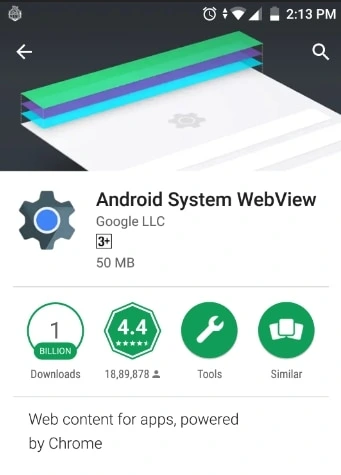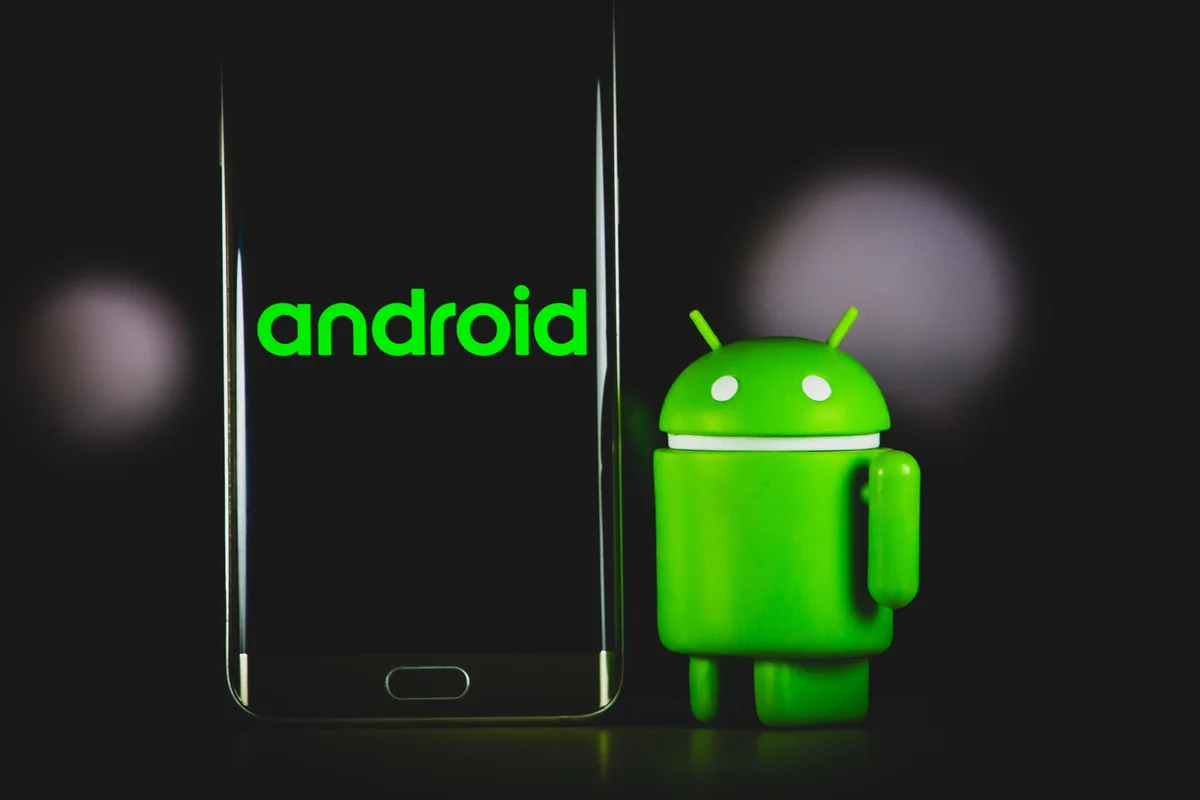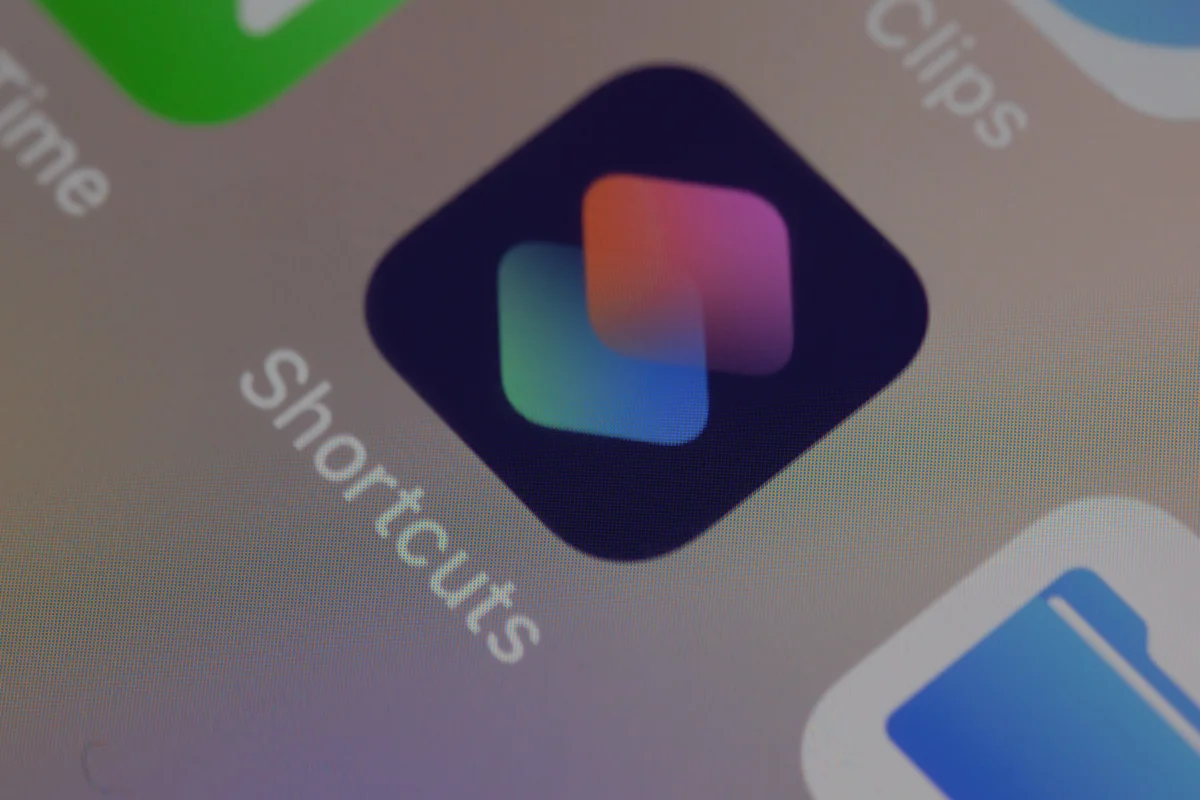What is Android System WebView?
Google has been running the Android operating system for the past 10 years and counting. Moreover, Android is currently available on the vast majority of computers and mobile devices in use worldwide. In addition, it is widely recognised that Google and Android are inseparable. A “Google Ecosystem” is present on any Android smartphone outside of China that isn’t a Nexus device. Apps like Gmail, Google Maps, and Google Play Store are part of this ecosystem. Know more about Android System WebView in detail.
In certain cases, we may have to uninstall an application from our smartphones to avoid the “phone is running low on space” mistake. However, this is not always the case. Your device’s importance starts to wane, and you start questioning whether apps should be installed at all. The Android System WebView is one of the most common apps on Android devices running KitKat and higher. Here, we’ll provide you with all the information you need to make an informed decision on whether or not to keep this app on your phone.
What is the WebView feature of the Android?

Android System WebView is a Google-developed programme that comes pre-installed with the most recent version of Android. It is a Chrome-powered component that allows programmes to display links without the need to launch a browser, and you don’t even have to exit that application.
Also Read: 13 Free & Best Android Video Editor Apps For 2021: Editing Like A Pro
Android System WebView handles its job really effectively, and you may not even realise whether your smartphone has this feature. This app comes in handy when we’re looking through another app and need to open a link that’s been embedded there. When we clicked the link, we were routed to a browser unless we copied the URL and pasted it into our preferred browser beforehand. This is no longer the case, as links are now accessed directly within the app.
Our first example will be the ubiquitous social media platform Facebook, which most people access on a regular basis. For some time now, it has been noted that when you click on a link on Facebook, you are not sent to Chrome or Firefox. Instead, the link brings up Facebook in the same tab that was previously open on your browser. It opens in Android System WebView, a Chrome-powered component, as we discussed before. As a result, it offers most of Chrome’s features, including zooming, scrolling, searching, and other essentials for fast reading.
Installation
Android System WebView was created by Google to eliminate the need for users to exit the app in order to access an external link. For this reason, Android System WebView was included in Android 4.3 so that everyone may obtain it when they upgrade to the latest version of the Android operating system. A different version of the app was eventually made available on Google’s Play Store.
By removing Android System WebView from the core of Android, Google has not explained why they made this decision. Google had to deploy an Android System WebView update in order to resolve a number of security flaws that had been discovered. Now that the Android OS fragmentation is well-known, most Android devices other than Google-manufactured ones receive Android upgrades a year after they were released. Thus, many Android users might be affected by the flaws.
Google has now altered Android System WebView’s functionality even more in subsequent releases of the mobile operating system. Android 5.0 Lollipop is already pre-installed and ready to use on most devices, so there’s no need to do anything special to make use of it.
WebView for Android System Developers.
Adapting Android apps to the latest features has always been a top priority for Google when working with Android developers. The Android System WebView, which can be added to any app with ease, is the same. As an app developer, you must include the WebView library and create an instance of the WebView class in your application. The online pages will be opened in the app’s own small browser, which will be integrated inside the app itself.
That being said, the Android System WebView hasn’t quite accomplished what Google had hoped. Because of this, Android developers also have some responsibility because Android System WebView has not been integrated into Android apps. It’s for this reason that some links still open on a browser instead of directly in the app itself.
Installing the GApps Software
On Custom ROM devices that have been flashed with Google Apps, known as the GApps package, there is one additional thing to consider. Custom ROMs are known to include Google Apps due to the certification process, which consumes an inordinate amount of time and resources. Because of this, you’ll need to download and install Google Applications separately to obtain the apps on your phone or tablet. The GApps package can only be downloaded from a GApps provider. Open GApps is a website where you may obtain this GApps bundle. Now, if you wish to use Android System WebView, you must pick a stock or higher package.
As of right now, Android Nougat and Android Oreo devices do not have the Android System WebView feature. Fortunately, Google changed their mind and has removed it in favour of Chrome with the introduction of Android Nougat, so there’s no need to panic. As a result, if you are running Android Nougat, you will not see Android System WebView enabled even if it is installed.
However, with Android 8.0 Oreo and beyond, Google has completely eliminated it. In the Google Play Store on our Android 8.1 Oreo device, we were unable to see the “Install” button, as is the case for devices running Marshmallow and below. On our smartphone, there is no way to enable or disable this app. This is due to Google’s recent shift in emphasis to Chrome. Google Chrome will open WebView links on devices running Android Oreo and higher, rather than having a separate Android System WebView for it. Given that Chrome should be able to generate links on your smartphone, Android inventor says this is an energy-efficient method.
Whether or if you should turn it off is up to you.
If you’re unsure if you should remove Android System WebView from your smartphone, we’d advise against it. This is due to the fact that, as we’ve already shown, it’s a very valuable app to have on your Android device.
It’s also pre-installed on most smartphones, so you can’t remove it from your device. You may, however, decide whether or not to use it. There’s no need to be concerned if you have an Android Oreo or later smartphone because the app is completely absent from such devices.
Conclusion
By now, you should have a good understanding of how to utilise Android System WebView. You should also know that it is an essential app on your phone, so don’t uninstall it.
This app is disabled by default on Android Nougat devices, therefore if you want to test it, you’ll learn how to activate Android System WebView. However, it’s pointless to retain this app on smartphones running Android 8.0 or higher. You should uninstall this app from your smartphone if you have it.




